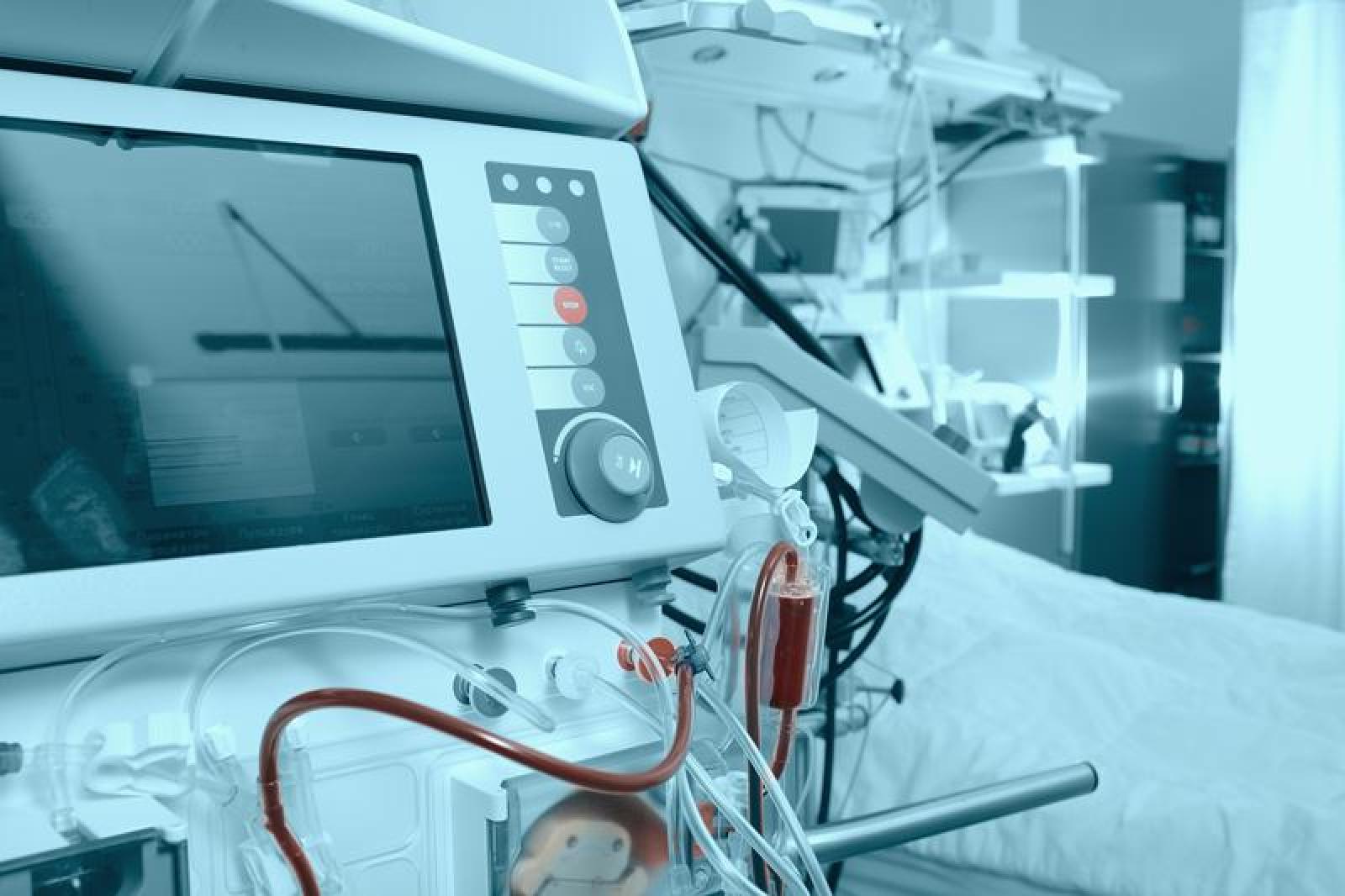
The euro area economy posted a steady growth as initially estimated in the second quarter, flash estimate published by Eurostat showed on Wednesday.
Gross domestic product climbed 0.3 percent in the three months to June, which was similar to the first quarter growth and matched the estimate published on July 30.
Year-on-year, economic growth improved to 0.6 percent, in line with the previous estimate, from 0.5 percent in the first quarter.
The EU27 also registered a steady quarterly expansion of 0.3 percent in the second quarter. On year, growth accelerated to 0.8 percent from 0.6 percent.
Data today showed that employment increased 0.2 percent sequentially, which was weaker than the 0.3 percent expansion seen a quarter ago.
Likewise, annual growth in employment softened to 0.8 percent from 1.0 percent in the first quarter.
The statistical office is slated to publish revised estimates for the second quarter on September 6.
Another report from Eurostat showed that industrial production declined for the third straight month in June, suggesting no positive contribution to economic growth in the second quarter.
Industrial output dropped unexpectedly by 0.1 percent in June, when it declined by 0.9 percent. Economists had forecast an increase of 0.4 percent.
The monthly fall was driven by the 2.5 percent decline in non-durable consumer goods, while all other main industrial groupings expanded from May.
On a yearly basis, the decline in industrial production deepened to 3.9 percent from 3.3 percent.
ING economist Bert Colijn said the upside to GDP growth in the short run is limited and very dependent on service sector performance.
With recent numbers casting doubt about service sector strength, expectations for GDP growth in the rest of the year have weakened, said Colijn.
In July, the European Central Bank left its key interest rates unchanged after lowering them for the first time in five years in June. The bank is widely expected to cut rates again in September as economic outlook remains bleak.
At their next meeting on September 12, policymakers will be more focused on the latest inflation and wage data, Capital Economics economist Andrew Kenningham said. The economist expects a cut in the deposit rate by 25 basis points to 3.5 percent.





